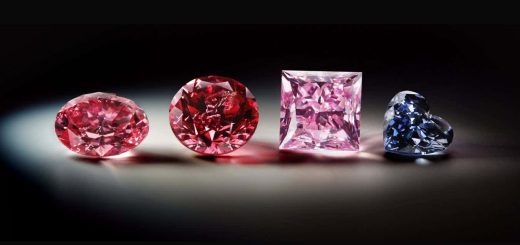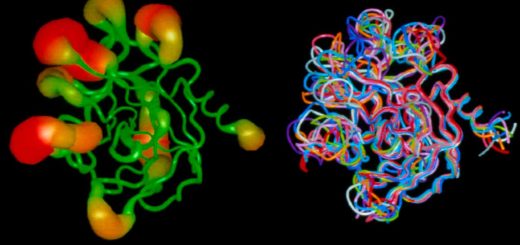Was DNA pioneer Rosalind Franklin really a victim of scientific theft?
It is widely thought that Rosalind Franklin was a victim whose work on DNA was stolen, but a letter and unpublished magazine story add to the evidence that this view is misleading
By Michael Le Page
25 April 2023
Rosalind Franklin contributed to the discovery of DNA’s structure
agefotostock / Alamy Stock Photo
Rosalind Franklin should be seen as an equal contributor to solving the structure of DNA, and not as a victim of theft, a pair of academics argue in an article to mark the 70th anniversary of Francis Crick and James Watson’s paper on the structure of DNA. They say an overlooked letter and a draft magazine article add to the evidence that the popular view of Franklin’s role is wrong.
“It deprives her of her agency,” says Matthew Cobb at the University of Manchester, UK. “That’s not right.”
According to many accounts, Franklin, a chemist at King’s College London, did all the hard work to elucidate DNA’s structure, but Crick and Watson at the University of Cambridge got hold of a key X-ray image she took – Photograph 51 – by nefarious means, allowing them to publish the solution before her. This idea derives from Watson’s 1968 book The Double Helix, but it isn’t true, says Cobb. Watson used Photo 51 as a dramatic device.
Advertisement
All the image revealed is that DNA is helical, which was already known. What’s more, the image was taken by Franklin’s graduate student Raymond Gosling, who shared it with Maurice Wilkins, the assistant director of the biophysics lab, with her knowledge. Wilkins then showed it to Watson.
More important to the discovery than Photo 51 was a Medical Research Council (MRC) report that included a page from Franklin on her work. This was given to Crick by his supervisor, Max Perutz. The data in this MRC report didn’t reveal the structure to Crick and Watson, but was key to confirming their model, says Cobb.
Cobb and Nathaniel Comfort, a historian of medicine at Johns Hopkins University in Baltimore, Maryland, have found a previously overlooked 1953 letter to Crick by a researcher called Pauline Cowan. It invites Crick to a talk by Franklin and Gosling, but says that since Perutz already knows more than might be in the lecture, Franklin and Gosling think it might not be worthwhile for Crick to attend. The letter shows that Franklin knew Perutz was sharing her findings with Crick and seemed fine with it.


